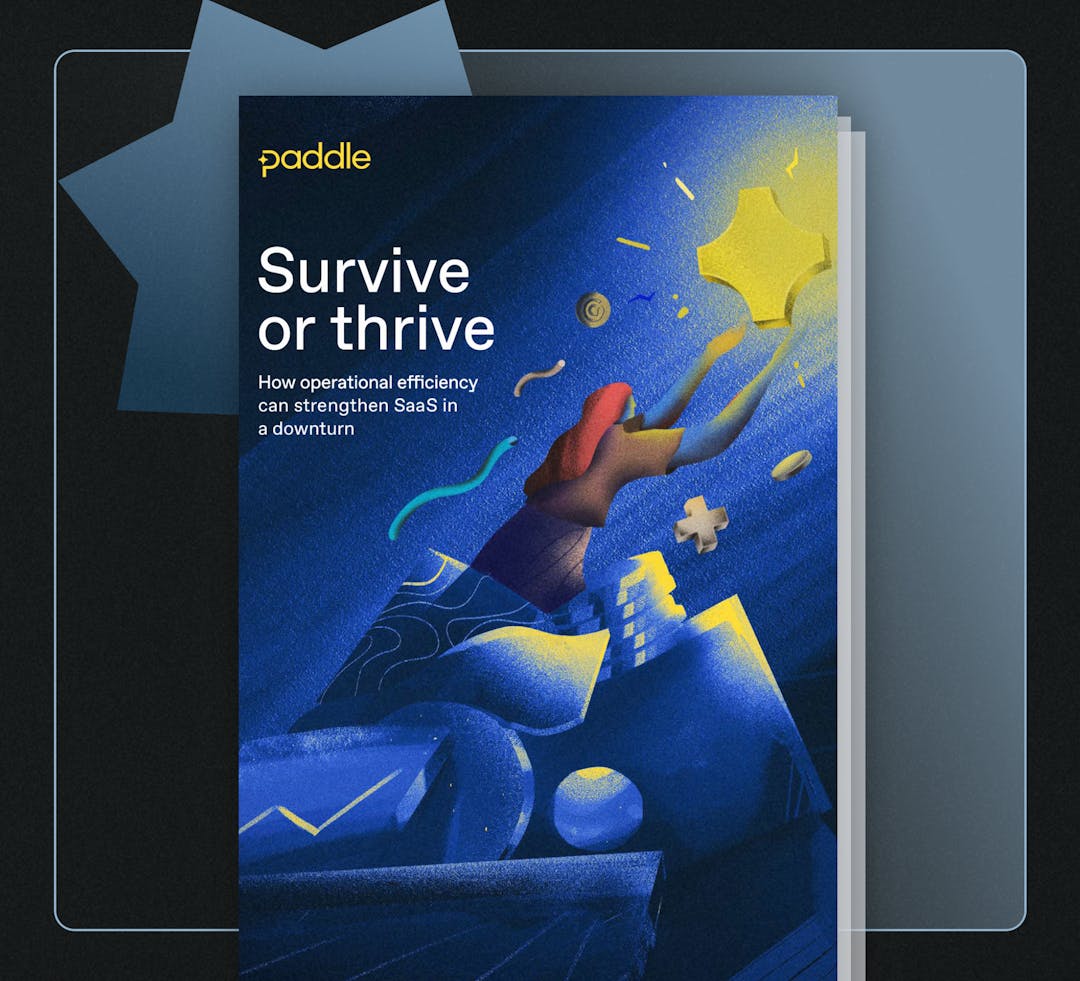The story of how a software company grows tends to follow a familiar narrative.
Firstly, you focus on acquiring those initial customers. This is where your need for a payments infrastructure begins.
Next, you invest in how to retain these customers. Think subscription billing, user activation, discounts, and customer support.
Finally, you double down on how to expand the value of your existing customers, either by introducing new products or by selling more to your existing ones. This expansion as a key growth lever brings about a whole new set of requirements and challenges. This is what we’ll be getting to grips with below.
When it’s time to expand, you’re repeatedly winning customers and doing a great job of retaining them, month-on-month, year-on-year. There are two main ways to expand those customers: upsells, and cross-sells.
There are three things you need to do to support this expansion:
- Evolve your product strategy, to inform what you’re selling to these existing customers
- Evolve your go-to-market strategy, to inform how you’re going to sell it, which customers you’re targeting and how you’ll incentivize them to buy more
- And last, but by no means least, you must evolve your finance operations so you can actually take the orders spurred on by the other two strategies.
There are considerations for your revenue delivery strategy whether you are expanding through upselling an existing product, or by cross-selling new products. To support upsells - where you encourage your customers to increase their spend by buying more from you - you may decide to change to, say, a usage-based pricing model. This will need engineering into purchase flows but also means taking into account and supporting things like fluctuations in usage, adding seats between billing periods, overage, and more. All of which affect how much to charge.
If you introduce team plans or promote new functional use cases for your product, you’ll need the system in place to consolidate accounts and reconcile data from different individual sign-ups from a single company. You’ll also need a clear pricing strategy and the ability to test it to get the value of each pricing tier just right.
When it comes to cross-selling new products - ones you have built or acquired - your payments operations get more complicated.
Things you need to facilitate include:
Customer experience implications
When are customers going to be presented with other products? You might want to market add-ons based on certain usage thresholds, for instance
How are you going to ask them to pay?
A customer might have been through a detailed procurement process for your core product which would be absolute overkill for a smaller product that’s cross-sold to them. They just want to be able to handle that with a credit card self-serve.
This brings us to...
New billing models
You have existing logic that handles recurring billing for existing products, but your new products could well call for different billing logic.
One of the major social media management tools battled with this when they acquired two products that came with two different sets of subscription billing logic. Customers don’t want three different bills - so they need reconciling, costing time and money.
Then there’s analytics
A focus on expansion brings a whole new set of reporting requirements to get an accurate understanding of how each product and your business as a whole is performing.
- How much monthly recurring revenue is driven by customer expansion? This is called your Expansion MRR.
- What proportion of customers is buying your new product(s)?
- How long does it typically take for a customer to expand their spend?
Whether by upsell or cross-sell, if you’re a successful SaaS startup, expansion will come. It’ll impact every aspect of your business. It can be easy to get caught up in the product and go to market requirements of expansion but don’t leave your revenue delivery strategy as an afterthought. It’ll come back to bite you and your performance will suffer.





